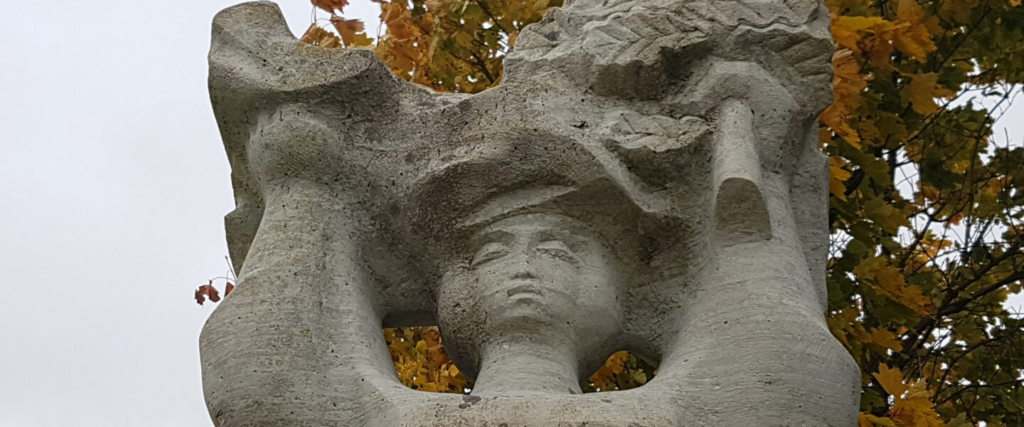
In 2024, the three-year research project How to Reframe Monuments was launched, with the aim of creating new solutions for reinterpreting monuments and other dissonant heritage.
The interdisciplinary project received funding from the Ministry of Culture’s new research and development programme. It is led by the Estonian Academy of Arts in cooperation with Tallinn University, and partners with several memory institutions, including the Estonian Heritage Board and the Estonian History Museum. The project has been inspired by the conviction that in order to cope with difficult heritage, Estonia needs more examples of reinterpreting. Russia’s full-scale invasion of Ukraine has led to extensive debates about Russian and Soviet heritage. This has been accompanied by the removal of monuments and other heritage, initiatives to regulate it legislatively and nationally, as well as to heated debates. In parallel, Russia’s interest in the Soviet monuments located outside of the country has not disappeared either.
The question of how to reframe this heritage deserves in-depth discussion and more targeted action and cooperation. Our aim is to bring together expertise from different fields and to offer new solutions that would enable not to dismantle the dissonant heritage but to place it in a new, critical framework. Contemporary art and heritage conservation, as well as various textual, performative or pedagogical interventions, offer good but largely untested possibilities for this. The difficult past is also part of memory. The demolition of material heritage is irreversible, in the field of conservation we always prefer reversible solutions that can be reinterpreted in the future. In the case of difficult heritage, any kind of reframing and clarification is one way of dealing with the past, said Hilkka Hiiop, Professor of Heritage and Conservation at the EAA, one of the project’s main executors.
In order to include expertise from different fields, the project team includes historians and art historians, heritage conservationists and contemporary artists. In addition, it will cooperate with other experts, including heritage and museum professionals and teachers. Dialogue with local communities and stakeholders will play a key role. We will also draw on international experience and comparisons with heritage reinterpretation elsewhere, which will be presented, inter alia, at an international seminar in Narva in September 2024. We see a need for concrete case studies to develop the reinterpretation of heritage through cooperation between different disciplines: artistic and memory history research, heritage conservation and digitisation practices, and artistic interventions. Each year we work on the reinterpretation of around five objects. The realization of those projects will depend on the owners and the local communities, but in any case, we want the proposals for reinterpreting to broaden the understanding of ways of dealing with complex heritage.
Team: Riin Alatalu, Karsten Brüggemann, Hilkka Hiiop, Linda Kaljundi, Kirke Kangro, Uku Lember, Kristo Nurmis, Anu Soojärv, Gregor Taul
Contact: Linda Kaljundi (linda.kaljundi@artun.ee)
